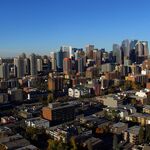UrbanWarrior
Senior Member
Not a proposal just an observation… Meredith Road has so much potential to be an interesting spot… like look at this!? A brewery and a couple of restaurants. Big patio out back fronting Meredith from that big old building along Edm. Ugh!









